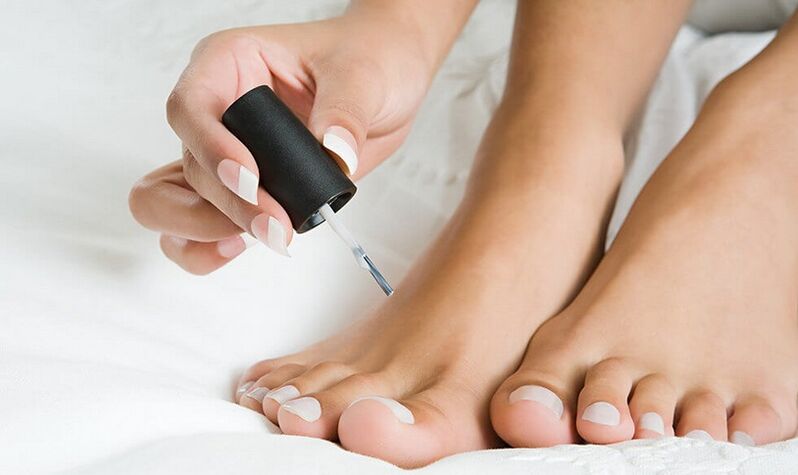Beautiful nails are one of the big plus in creating the image of a successful, healthy and happy person. But how often it leaves something to be desired not only in their appearance but also in the health of their nails. They turn yellow, thicken, peel.
In very advanced cases, the nail plate may become completely detached from the finger. The cause of such an aesthetic and painful condition of the nail is a fungus. Catching onychomycosis, a common and untreatable disease, is not as difficult as it seems.
Saunas, swimming pools without individual shoes, and visits to the changing rooms of the beaches are the most common type of infection, and nail fungus is the most common type of fungal infection. The development of abnormal microflora of the nail is facilitated by frequent stress, emotional stress and decreased immunity.
Bad habits and a lack of strict adherence to personal hygiene requirements are also provocative factors in the development of nail fungus. The cure for the disease is not as fast as the infection. From a correct diagnosis of the disease to a minimum of six months if the fungus is localized on the toenails, and a maximum of twelve months if the foot is damaged.

Varnishes for the treatment of nail fungus
Depending on the stage and localization of the fungal infection, different methods are used to allow for healing at the optimal time.
In the initial stage of the infection, the varnish is successfully applied to treat the fungus, the principle of which is to soften the affected nail plate, as a result of which the spores of the fungus are destroyed by the drug.
Different pharmaceutical manufacturers produce varnish under different names, and each confirms its high fungicidal properties.
The pharmaceutical compositions are successfully used to relieve onychomycosis and prevent the recurrence of the disease. Varnish from nail fungus is also used very effectively to prevent fungal infections.
Recommendations for the use of antifungal varnishes
For maximum therapeutic effect, the affected nails should be treated according to the recommendations and at the optimal dose. Thus, the varnish treatment is performed regularly, twice a week, and the treatment is continued until the final laboratory and clinical recovery, and for the hands and toes for a maximum of six and twelve months, respectively.
When treating nails, it should be taken into account that toenails are able to accumulate many times more therapeutic substances than nails. It is also important to keep in mind that the combined use of different varnishes is undesirable because it leads to a decrease in antifungal activity.
Contraindications to the use of varnish
The use of nail polish in the treatment of onychomycosis is contraindicated. Do not use during pregnancy and lactation, it is contraindicated in individuals with individual intolerance to the components of the drug, it should not be prescribed to children. Hyperemia of nearby skin areas may occur in some cases with the use of nail polish.
Application rules
- The preparation of the nail plate before the treatment with the varnish consists in removing as much of the affected nail tissue as possible with the help of a special nail file supplied with the medical varnish.
- The nail surface is then degreased with a cotton swab soaked in an aqueous-alcoholic solution.
- Another way to prepare your nails for varnishing is to use a soapy and soda hygienic bath.
- An antifungal varnish should then be applied to the affected nail. It is recommended to remove the set varnish weekly, similar to traditional decor varnish, with standard organic solvents.






























